Linwood no more: The story of the Hillman Imp
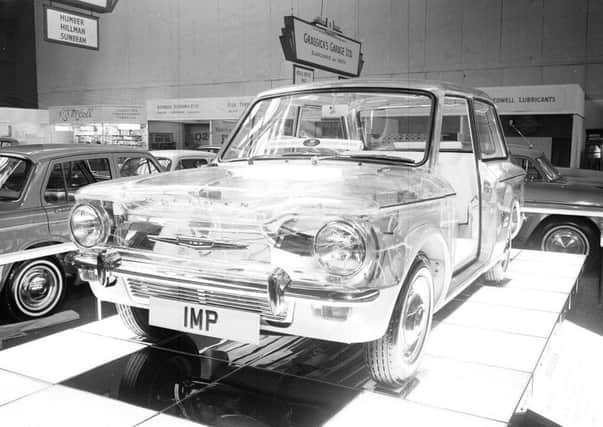

In 1987, The Proclaimers released Letter From America, a heart-felt lament to the countless industries and communities lost to Scotland in recent generations.
The famous line, “Bathgate no more. Linwood no more. Methil no more. Irvine no more”, resonated with thousands of workers whose livelihoods had vanished in the era the song was written.
Advertisement
Hide AdAdvertisement
Hide AdBut in the case of Linwood, birthplace of the once ubiquitous Hillman Imp, and employer of more than 9,000 at its height, its very existence had been fortuitous in the first place.
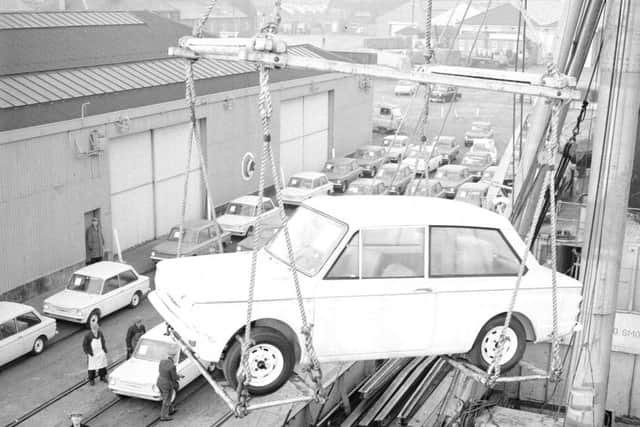

Intent on designing a new economy car to rival the iconic Mini, Coventry-based car makers, the Rootes Group, had received a generous state subsidy to build a new plant in an area with high levels of unemployment.
The beneficiaries could have been Solihull or Merseyside, but in September 1960 it was announced that Rootes had settled on Linwood in Renfrewshire, a region ravaged by the decline of heavy industry.
By 1963, the Hillman Imp was ready to roll off the assembly line, but it was by no means an easy ride; production suffered a number of setbacks.
Expertise was an issue. The early workforce at Linwood was mostly made up of ex-shipyard personnel with the odd Rootes veteran thrown in, but in many cases, new recruits had to be sent down south to receive training. A rush to get the car on the market meant build quality suffered badly.
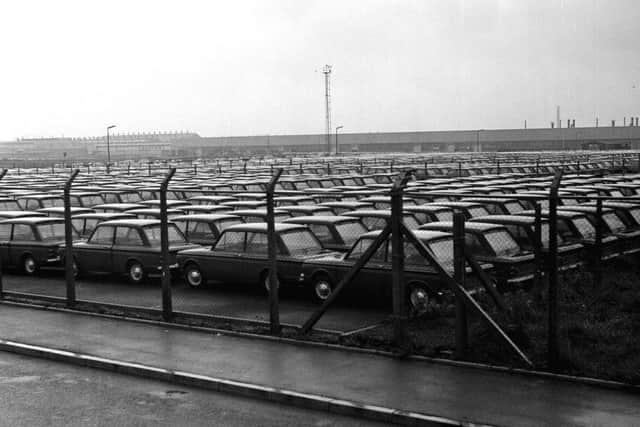

Productivity was also be hampered by frequent industrial disputes and the fact that many of the necessary components and supplies couldn’t be sourced in Scotland.
Success, however, did not elude the Hillman Imp for long.
Compact models were very much in vogue after the 1956 Suez Crisis, and the Hillman Imp, while never able to match the Mini, sold relatively well - especially in Scotland, where buyers were imbued by the knowledge that it was the first car to be built here in 35 years.
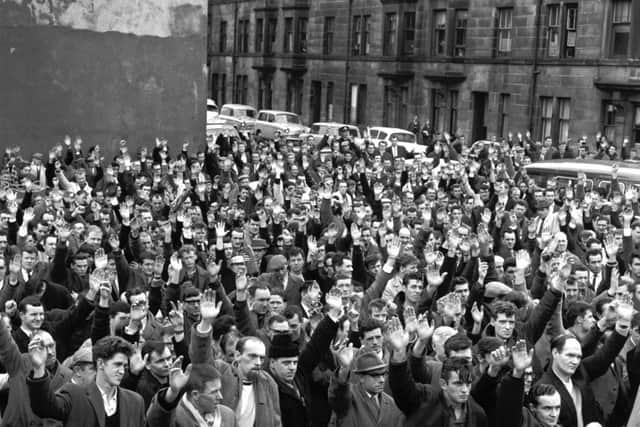

Advertisement
Hide AdAdvertisement
Hide AdWith an 875cc rear-mounted engine tilted at an accessible 45 degree angle, the wee motor could reach 0 to 50 in just under 15 seconds and boasted top speeds approaching 80 miles per hour.
Popular variants included the Sunbeam Stiletto, the Californian, the esate-sized Hillman Husky, and the most exquisite of all, the Singer Chamois. Hillman Imps were even favoured by Dunbartonshire Police, who first adopted the car in 1967.
The car was also celebrated for its cutting-edge design principles and quirky features. There were fold-back seats, indicators, stalk controls for the windscreen wipers and the rear window opened.
Above all, though, with a launch price of £500, the Imp represented great value for money - or so it first appeared.
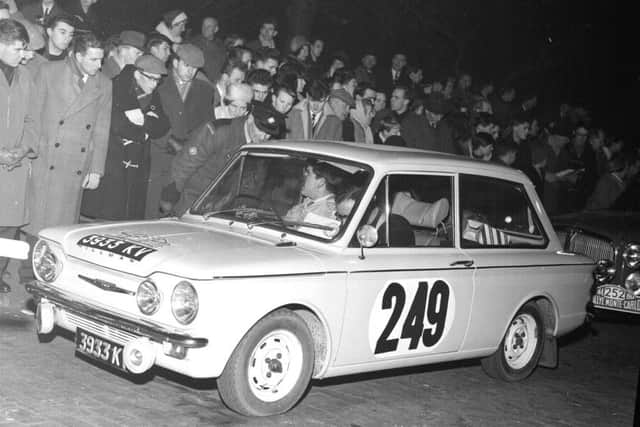

Thanks to a host of internal design flaws, which included an inadequate cooling system, poor steering, gearbox and clutch problems, faulty chokes and a tendency to leak water, the Hillman Imp developed a reputation for unreliability. Break-downs became a common occurrence for Imp owners, with the car’s main saving grace being that it was generally easy to fix, provided you knew what you were doing.
“My dad had the 65 model,” recalls Edinburgh support worker Brian Gordon, “It broke down constantly and struggled to start whenever it was cold or rained - which in Scotland wasn’t ideal.”
“The handling was awful as well. We countered this by putting a bag of cement in the front compartment.”
The ‘Celticade’
Advertisement
Hide AdAdvertisement
Hide AdIn 1967 the car gained eternal cultural significance when the late Evening Times journalist John Quinn arranged for a fleet of 100 Imps to transport hundreds of Celtic fans 1,750 miles to Lisbon’s Estadio Nacional for the European Cup Final.
“I called the press officer at Linwood, and asked him if they could supply a car for the trip, as obviously they would get a lot of publicity,” wrote Quinn in The Scotsman on the 40th anniversary of the event, “They called back a couple of days later to offer us the use of a brand new Imp, coloured green with added white stripes.


“It was impossible for the 100 or so cars to travel in convoy, but they met up at Dover where the ferry Free Enterprise was waiting.
“Their whole attitude to the trip was incredible. They drove through the Pyrenees like they were driving up Maryhill Road.”
Last month, a group Celtic supporters managed to source a genuine 1967 Hillman Imp and drive it to Lisbon - recreating the famous journey made by Quinn and their fellow fans precisely 50 years ago.
Motor racing
The Hillman Imp also tasted some success as a racing and rally car. In 1964, a 998cc version of the Imp won the Tulip Rally, while other variants would go on to dominate the British Saloon Car Championships in the early 1970s.
In June 1965, racing driver Alan Fraser drove an Imp on the circuit for the first time, with the car making an instant impact. Fraser Imps, with the Saltire painted on to their roofs, became famous throughout the motorsport world and the iconic vehicles still compete in vintage races to this day.
Legacy
Advertisement
Hide AdAdvertisement
Hide AdDespite its shortcomings - and there were several - the Hillman Imp would go on to become the most successful car model to ever come out of Scotland.
Collector David Lane, who still owns two Hillman Imps but has had at least 40 in as many years. He reckons the Linwood model was grossly underrated despite its foibles.
“I bought my first, a Sunbeam Stiletto, aged just 17 for the princely sum of £60. It had alloy wheels and a webasco sunroof and I was in love. It however wasn’t in love with me”, jokes David, “in fact I think it hated me as it conked out almost every week in the 7 years I had it. However I learnt how to keep the fickle little upstart at least moving under its own steam (it did a lot of steaming).
“I later swapped the Stiletto for a 65 Singer Chamois, and in the 30 years since, I’ve just about mastered the art of keeping these little terrors utterly reliable.
“Trips all over the country, sometimes doing 600 miles in a weekend, have been utterly faultless. Okay, stuff does go a bit tits up now and again but it’s never failed to get me home and I’d have no hesitation getting in and driving anywhere in the country.”
In total, almost half a million cars left the Linwood assembly line, but it wasn’t enough to prevent Rootes from going to the wall. The firm was taken over by Chrysler, with the Imp ceasing production in 1976. Peugeot-Citreon eventually purchased the factory before it closed too in 1981. And with that, car production in Scotland came to an end for good.
Years later, a leisure and retail park rose from the ashes of the defunct plant, and the site is now more famous for car parking than car manufacturing.
Advertisement
Hide AdAdvertisement
Hide AdDavid Lane admits he is surprised the factory didn’t close sooner.
“I’m more surprised it actually lasted 12 years. Chrysler, who took over Rootes, hated the ‘damn poorly designed automobile’ - their words not mine.
“How it plodded on with ever worsening build quality built by, well, let’s say an unhappy workforce, is beyond me.”
An estimated 11,000 people were once directly or indirectly employed due to Linwood and the Hillman Imp.
The news last year that nearby Ferguslie Park had yet again been named as Scotland’s most deprived area suggests the gap left from Linwood’s demise has never been properly filled.
